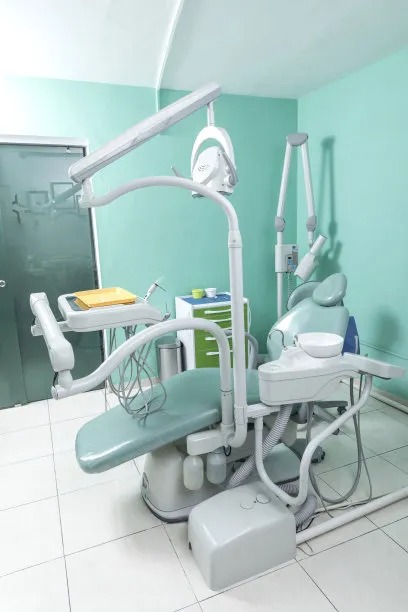Considerations and Steps for Extracting a Tooth Safely and Effectively in Dental Practice and Home Care
Summary: Tooth extraction can be a daunting procedure, whether performed in a dental practice or at home. This article delves into the crucial considerations and steps to ensure safe and effective extraction. It emphasizes the importance of a thorough assessment, proper sterilization techniques, effective pain management, and post-extraction care. Additionally, it covers the implications of attempting extractions at home, highlighting when professional help is essential. By understanding these factors, dental practitioners and individuals alike can navigate the tooth extraction process with confidence, ensuring minimal complications and optimal recovery.
1. Importance of Assessment Before Extraction

Before any tooth extraction, it is vital to conduct a comprehensive assessment. A dental professional should evaluate the tooth in question, determining the reason for extraction and any complications that may arise during the procedure. X-rays can play a crucial role in this assessment, revealing the tooths position and root structure.
For individuals considering home extraction, familiarizing oneself with the tooths anatomy is equally important. Understanding the differences between baby teeth and permanent teeth, as well as the surrounding gum tissue, can guide decisions. If there are uncertainties or potential complications, consulting a dentist is strongly advised.
Additionally, assessing the overall health of the patient is essential. Conditions such as diabetes or heart disease can complicate tooth extractions. Patients should be transparent about their medical history, allowing for better planning and execution of the extraction procedure.
2. Sterilization and Equipment Preparation
Proper sterilization is a cornerstone of safe tooth extraction, whether it occurs in a dental office or at home. In a clinical setting, all tools need to be thoroughly sterilized using autoclave methods to prevent infection. Commonly used instruments include forceps, elevators, and suction devices, each requiring careful handling to maintain their sterile condition.
For those considering a home extraction, the importance of hygiene cannot be overstated. All tools must be cleaned with antiseptic solutions, and the working area should be as sterile as possible. Using disposable gloves and masks can greatly reduce the risk of introducing bacteria during the procedure.
Moreover, ensuring that all necessary tools are readily available before starting the extraction process can prevent hasty decisions that might compromise safety. Preparing a clean, organized workspace will help maintain focus and minimize the risk of contamination during extraction.
3. Effective Pain Management Techniques
Pain management is a critical aspect of any tooth extraction process. In a dental practice, anesthetics are administered to ensure that the patient remains comfortable and pain-free during the procedure. Local anesthesia is often sufficient for tooth extractions, allowing for mobility while eliminating pain in the targeted area.
For those considering home extractions, utilizing over-the-counter pain relief medications such as ibuprofen or acetaminophen can help manage discomfort. However, it is crucial to understand the appropriate dosages and potential interactions with other medications.
Additionally, employing methods such as ice packs post-extraction can further alleviate swelling and pain. Knowing how to implement these pain management strategies places individuals in a better situation for handling any discomfort following an extraction.
4. Importance of Post-Extraction Care
Post-extraction care plays a vital role in recovery and minimizing complications. Patients should be educated about the necessary steps to take after the procedure, including instructions on how to care for the extraction site and the importance of maintaining good oral hygiene.
For home extractions, following up with saltwater rinses can help keep the area clean and promote healing. Additionally, avoiding solid foods and using soft diets during the initial recovery period is advisable to reduce strain on the extraction site.
If complications arise, such as excessive bleeding or signs of infection, immediate consultation with a dental professional is essential. Recognizing these symptoms early can save a lot of discomfort and prevent further health issues. Knowing when to seek help is crucial for anyone attempting at-home extractions.
Summary:
In summary, understanding the considerations and steps involved in tooth extraction enhances safety and effectiveness. This applies both in professional dental practices and home care scenarios. By prioritizing assessment, maintaining sterility, implementing effective pain management, and ensuring proper post-extraction care, individuals can navigate this challenging process more confidently and successfully.
This article is compiled by Vickong Dental and the content is for reference only.



